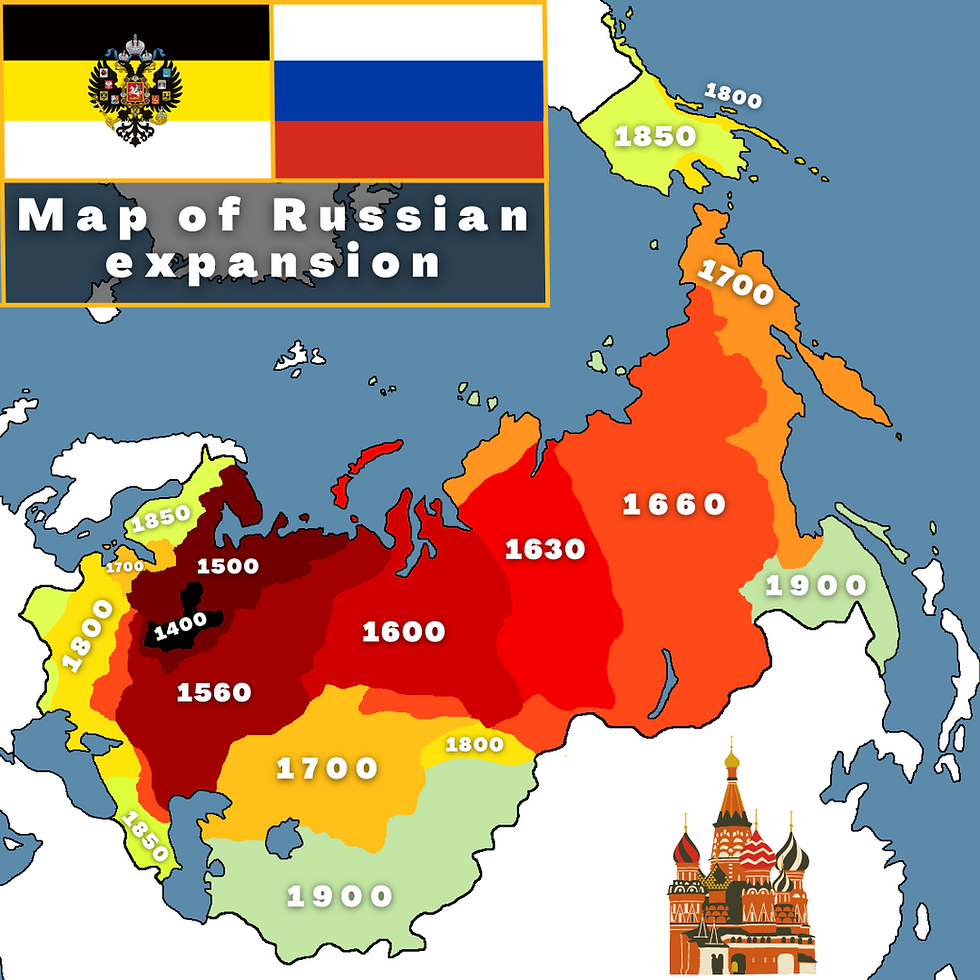Decline of the Irish language
- hunmapper

- May 22, 2021
- 2 min read
The Irish language today is one of the two official languages of the Republic of Ireland (the other one is English) In April 2016 1,761,420 people in the Republic claimed that they could speak Irish, representing 39.8 percent of respondents out of a population of 4,921,500. In Northern Ireland 104,943 claimed to be able to speak Irish out of a population of 1,882,000.

Early History
Indo-European languages may have arrived in Ireland between 2,400 BC and 2,000 BC. The early history of the Irish language begins at the arrival of Celts to Ireland and ends around 300 AD when the first Ogham inscriptions were made. We have little knowledge about the Irish language at this time. Ogham inscriptions can be found In Ireland, Cornwall, Wales, Western England, Scotland, Isle of Man.
Old & Middle Irish
After the conversion to Christianity in the 5th century, Old Irish begins to appear as glosses and other marginalia in manuscripts written in Latin, beginning in the 6th century. It evolved in the 10th century to Middle Irish. The famous Ulster Cycle was written in this period.
Early Modern Irish
Early Modern Irish represents a transition between Middle Irish and Modern Irish. Between the 13th and 18th century Early Modern Irish was spoken in Ireland, Western Scotland, and in parts of the New World after the 16th century.
19th century
Until 1800 Irish was spoken by the majority of the population of Ireland. However during the 19th century, Irish became a minority language. The Great Famine (An Gorta Mór) hit a disproportionately high number of Irish speakers (who lived in the poorer areas heavily hit by famine deaths and emigration), translated into its rapid decline. In 1893 the Gaelic League was founded whose main objective was to preserve and promote the Irish language and also the Irish Culture.
After Irish Indpendence
The independent Irish state was established in 1922. Although some Republican leaders had been committed language enthusiasts, the new state continued to use English as the language of administration, even in areas where over 80% of the population spoke Irish. Those areas of the state where Irish had remained widespread were officially designated as Gaeltacht, where the language would initially be preserved and then ideally be expanded from across the whole island. n the 1950s, An Caighdeán Oifigiúil ("The Official Standard") was introduced to simplify spellings and allow easier communication by different dialect speakers. Overall, the percentage of people speaking Irish as a first language has decreased since independence, while the number of second-language speakers has increased. In 2003 Irish became an official language of the Republic of Ireland. In 2007, Irish became an official working language of the European Union.





Comments